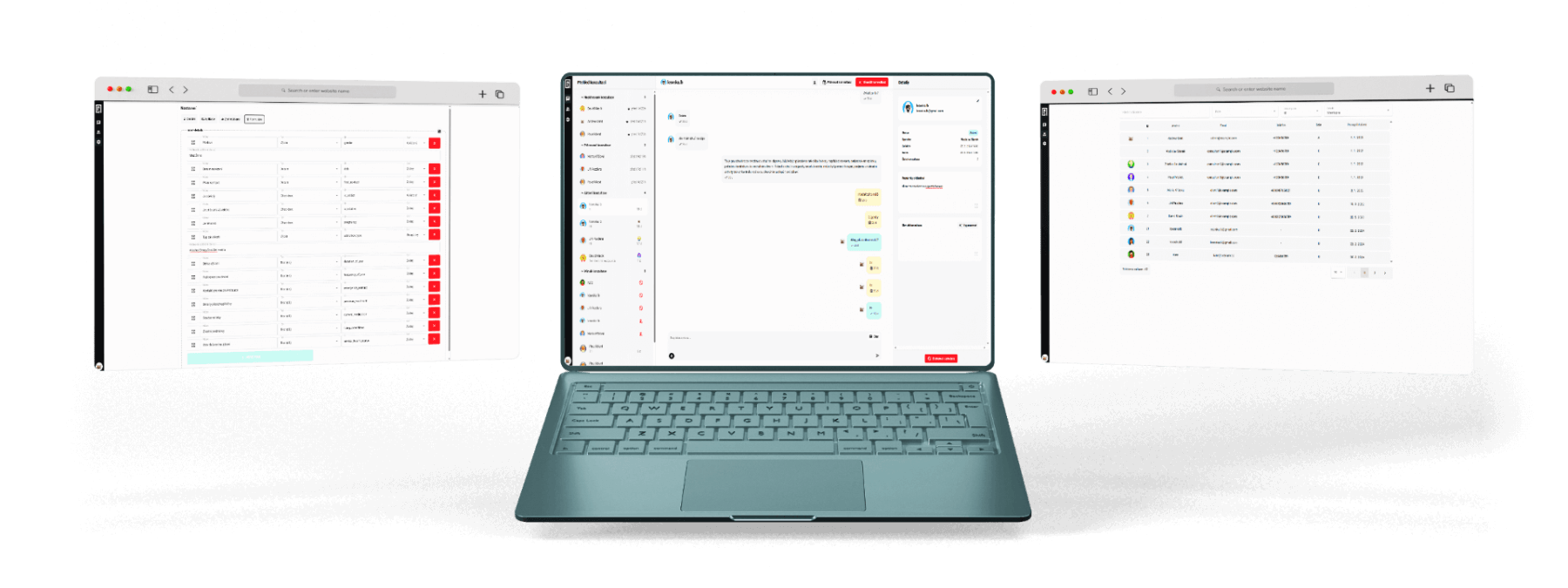Technological advancements are significantly changing the way we work and communicate, and speech-to-text transcription is a prime example of this shift. Artificial intelligence (AI) brings speed and innovation, while traditional manual transcription remains a go-to option for those seeking accuracy and a human touch. How do these two approaches compare? Let’s take a closer look at their strengths and limitations.
1. Speed: AI is Like a Rocket 🚀
Imagine you have a one-hour recording that needs transcribing. With AI, it takes just a few minutes. Automatic transcription tools like Dicteit turn long recordings into text almost instantly. On the other hand, manual transcription? It’s like composing a symphony—slower but with its own charm.
2. Accuracy: Humans Excel at Context 🧠
While AI achieves impressive accuracy, it can struggle with unusual dialects, accents, or noisy environments. A skilled human transcriber, equipped with a trained ear and careful attention, can handle the most subtle nuances and ambiguities. The result is a transcript that captures not just words but also their true meaning.
3. Cost: AI Saves Money, Manual Transcription Invests in Quality 💰
AI is the budget-friendly choice—automated systems run continuously with minimal costs. Manual transcription, however, requires professionals and is therefore more expensive. But for complex projects where quality matters, the investment can be well worth it.
4. Accessibility: AI is at Your Fingertips 📲
AI transcription is widely accessible, easily integrated into apps and devices, and offers user-friendly interfaces. Manual transcription, in contrast, is a specialized service that requires skilled professionals, making it less flexible but often more precise.
5. Best of Both Worlds: The Hybrid Approach ⚡
Why choose just one? A combination of AI and human transcription offers the ideal compromise. AI can handle the basic transcription in seconds, while humans refine the details. This collaboration delivers both speed and quality.
Whether you’re a fan of AI’s speed and efficiency or prefer the precision of manual transcription, each method has its place. The key is choosing the right option based on your needs. The future is bright—technology is evolving rapidly, and exciting times lie ahead for speech-to-text transcription.
So, what’s your pick? Will you go with AI, manual transcription, or both? 🚀🖊️




